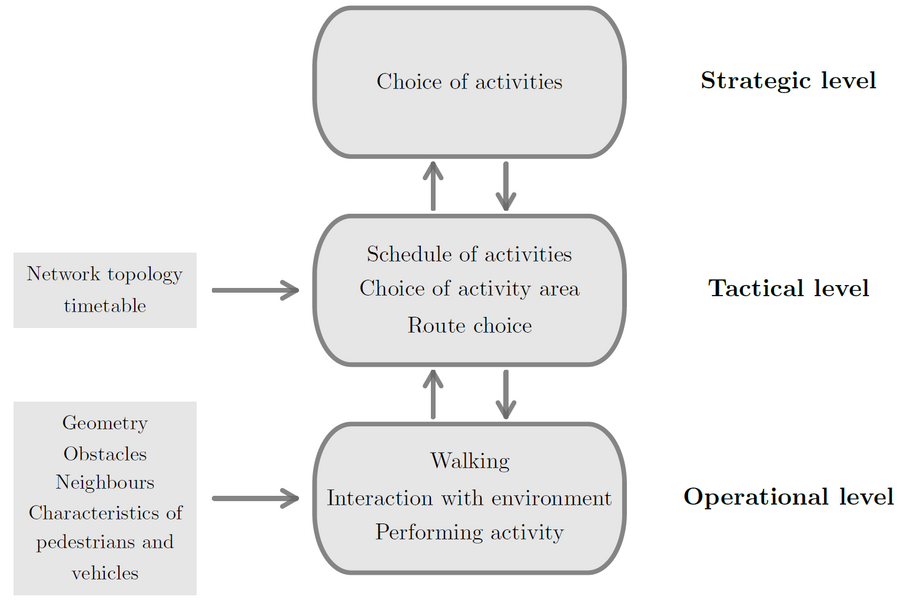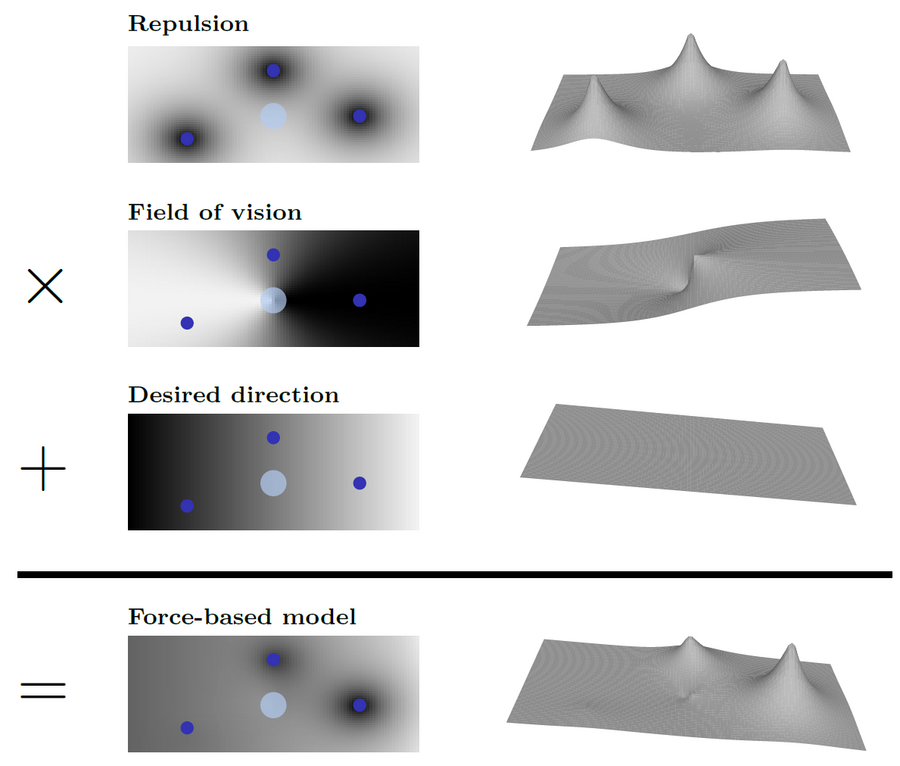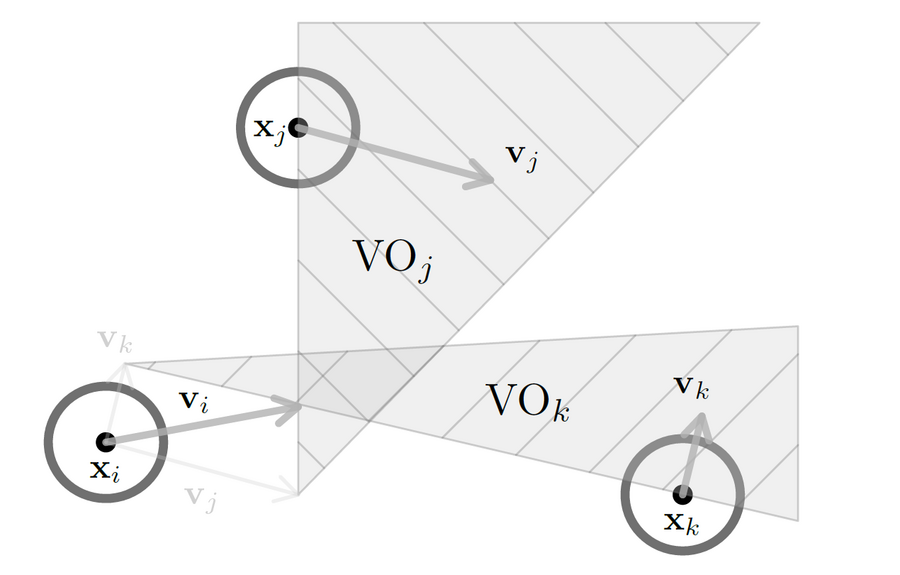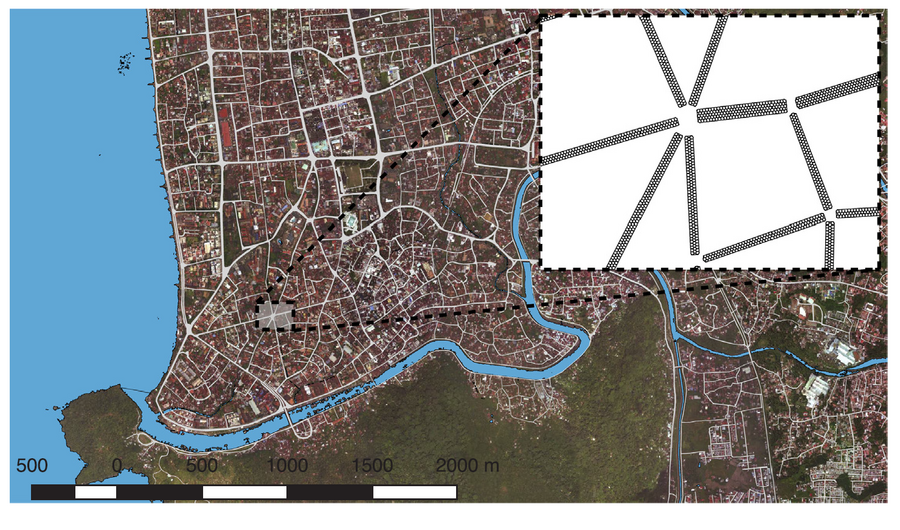Pedestrian & evacuation dynamics
The topics are about modeling pedestrian movement in two dimensions using physics-based models (differential systems) and pedestrian trajectory prediction in crowded situations by deep learning approaches (artificial neural networks). The focuses are on self-organization and collective behaviors, experiment-based modeling, evacuation dynamics, or large-scale simulation.
In fine, the objectives are to develop simulation tools for large building architecture (stadiums, train stations, commercial walls) and urban infrastructure (dense city centers, shared space areas) conception, or large events and mass gatherings (fectival, manifestation, pilgrimages, etc.) organisation and evaluation under different regulation strategies.
Simulation modules
Reviews on pedestrian dynamics
M. Boltes, J. Zhang, A. Tordeux, A. Schadschneider and A. Seyfried, Empirical results of pedestrian and evacuation dynamics, Encyclopedia of Complexity and Systems Science, vol. 16, pp. 1-29, 2018. Springer Berlin, Germany.
M. Chraibi, A. Tordeux, A. Schadschneider and A. Seyfried, Modelling of pedestrian and evacuation dynamics, Encyclopedia of Complexity and Systems Science, pp. 1-22, 2018. Springer Heidelberg.
A. Schadschneider, M. Chraibi, A. Seyfried, A. Tordeux and J. Zhang, Pedestrian dynamics: From empirical results to modeling, in Crowd Dynamics, Volume 1, Springer, 2018, pp. 63-102.






